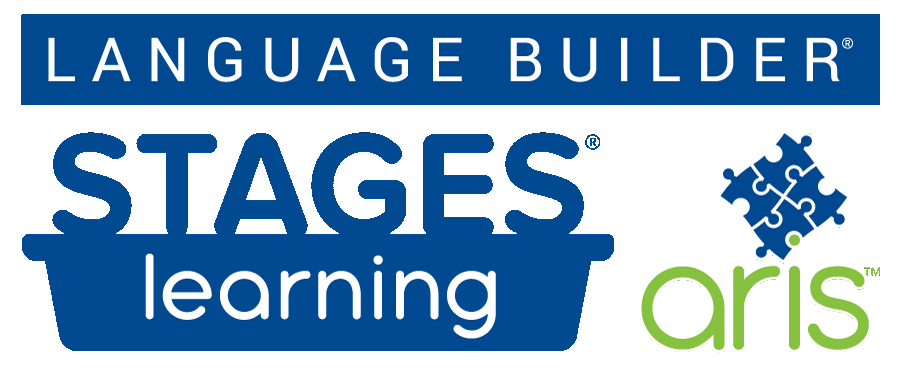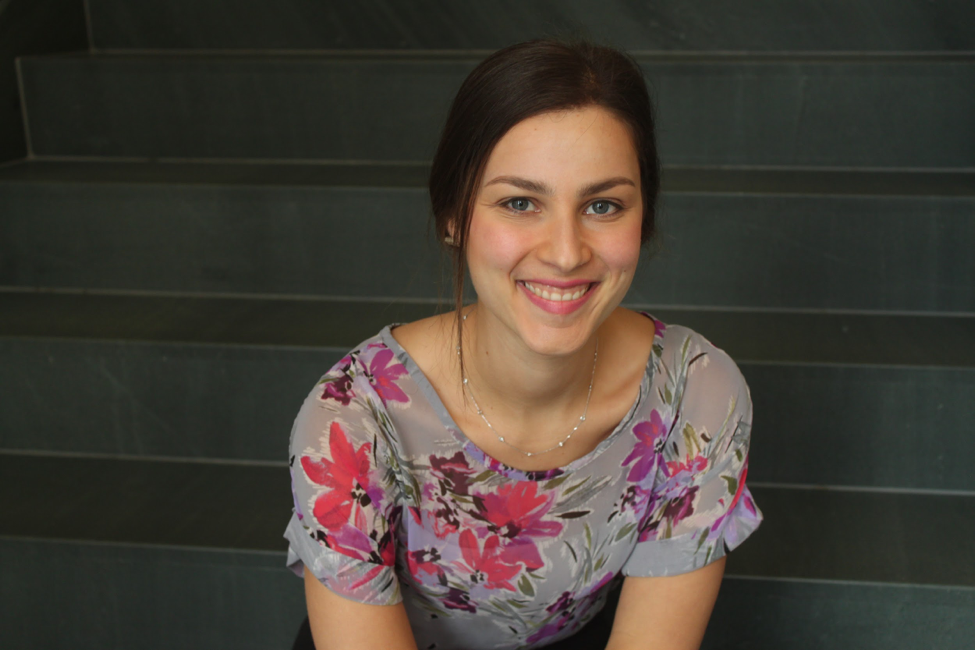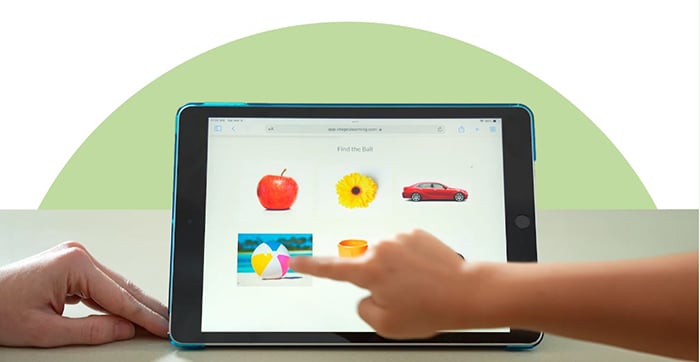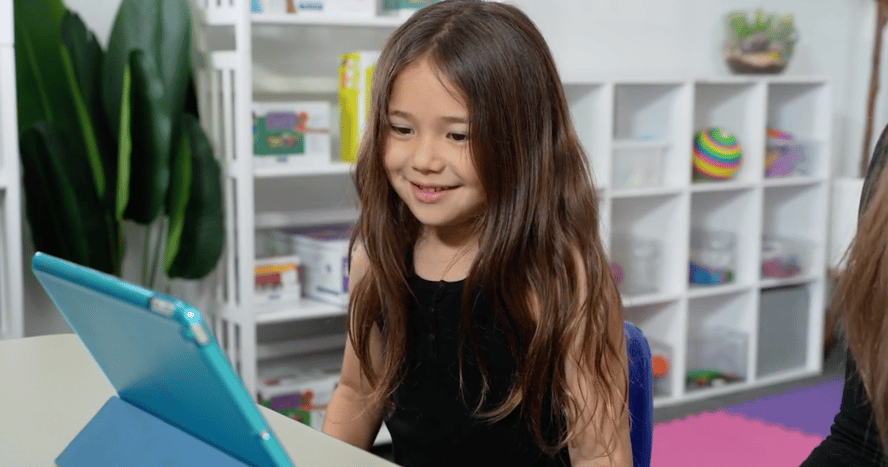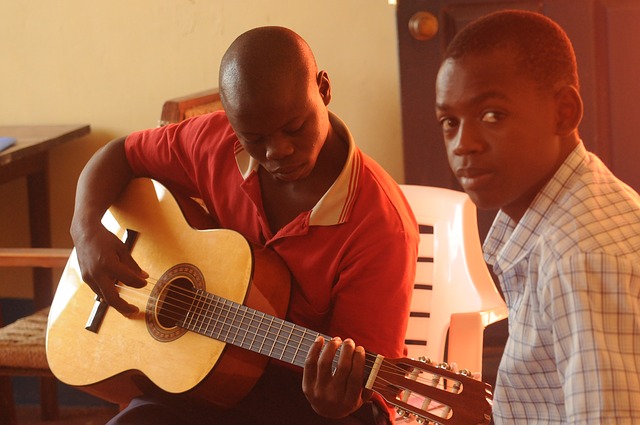
Choosing the Best Program for Your Child
Benefits Overview
Music has been an enriching and meaningful way for people to engage with each other throughout time, and music can provide powerful, multi-sensory experiences for children with Autism Spectrum Disorder (ASD). It is especially helpful for children still developing verbal skills, as it provides an entirely different way for children to express themselves. It can provide opportunities for children to relate to others, experience new forms of relaxation to ease tension and anxiety, and promote self-expression. Whether through music education programs or specialized music therapy, engaging in singing or playing a musical instrument can help children explore an entirely new side of themselves and the world around them.
What the Research Says
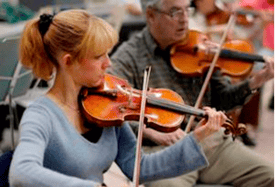 The Autism Society of America defines Autism Spectrum Disorder (ASD) as a certain set of behaviors that affect a person’s ability to connect and communicate with others, and as a spectrum disorder, it affects people to different degrees. Music has been used to help develop educational, cognitive, and emotional skill sets in children of all populations for many years, and has been shown to improve focus, listening and abstract thinking skills, and socio-emotional connections. Research has shown that music education for children with ASD may help in the following ways.
The Autism Society of America defines Autism Spectrum Disorder (ASD) as a certain set of behaviors that affect a person’s ability to connect and communicate with others, and as a spectrum disorder, it affects people to different degrees. Music has been used to help develop educational, cognitive, and emotional skill sets in children of all populations for many years, and has been shown to improve focus, listening and abstract thinking skills, and socio-emotional connections. Research has shown that music education for children with ASD may help in the following ways.
- Music Can Assist Social Interaction Development
- During music therapy sessions, as well as general music classes, children with ASD have been shown to display a wider array of emotional expressions and social engagement behaviors than in play sessions without music involved. Many therapy sessions and group music classes also include playing games, sharing instruments, and working collaboratively, which can be great practice for children working toward social goals.
- Music is Multi-Sensory
- Because making and listening to music involves listening, watching, touching, and using fine motor skills, music has been shown to enhance auditory processing, sensory-motor, perceptual motor or gross/fine motor skills.
- Music Can Reduce Anxiety
- Children with ASD can suffer from anxiety at higher rates than the general population due to how they experience stimuli. Studies have shown that short, therapeutic exposure to classical music can help reduce tension and ease anxiety.
How to Find a Music Program For Your Child
There are a wide variety of ways to help your child with ASD to experience the power of music. Some important factors to consider are whether you’re hoping to develop a specific musical skill set, such as the ability to play a particular instrument, to have an experience making music in a group such as an ensemble or orchestra, or to utilize music therapy as a tool to meet therapeutic goals.
Types of Programs
- Private Music Lessons - Also called one on one lessons, these experiences usually involve a music educator providing individualized instruction in voice or musical instrument skills in the home or in a studio space designed for music lessons. The goal of experiences like this is often to gain expertise around a specific type of music, rather than focusing on explicit socio-emotional goals. There are private instructors who specialize in working with children with special needs.
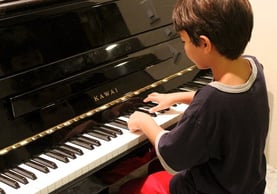 Music Education Programs in Schools - Many public and private schools offer general education courses in music for all students, and these can be great environments for children to experience the benefits of music education in a mainstreamed cohort of peers, or with a cohort with similar needs and goals depending on the school. Music rooms are often multi-sensory spaces, so depending on your child’s needs, it may be helpful to speak with the music teacher in advance about which stimuli will be present in the room. It may also be helpful to preview the room itself or a sample class with your child before they experience it in real time.
Music Education Programs in Schools - Many public and private schools offer general education courses in music for all students, and these can be great environments for children to experience the benefits of music education in a mainstreamed cohort of peers, or with a cohort with similar needs and goals depending on the school. Music rooms are often multi-sensory spaces, so depending on your child’s needs, it may be helpful to speak with the music teacher in advance about which stimuli will be present in the room. It may also be helpful to preview the room itself or a sample class with your child before they experience it in real time.- Music Therapy - The American Music Therapy Association (AMTA) defines music therapy as using evidence-based musical interventions to help children reach therapeutic goals. Interventions are delivered by a qualified music therapist who observes the child and works with the family to design measurable goals. They implement a plan, evaluate progress, and make recommendations for further goals and interventions. Many therapists work in the public school system, and they also often provide services in homes, early intervention centers, daycares, and Head Start programs. AMTA certified therapists may use a combination of the approaches below in their interventions with children who have ASD.
- Applied Behavior Analysis (ABA) - A research-driven and data based approach that is widely used to treat Autism Spectrum Disorder and a variety of other disabilities.
- Neurologic Music Therapy (NMT) - Autism Spectrum Disorder (ASD) is classified as a neurodevelopmental disorder. Based on neuroscience research, NMT is a particular type of music therapy involving a set of techniques that use music to help people perform non-musical cognitive functions better. It differs from traditional types of music therapy in that it focuses specifically on neurological processes in the brain, rather than social science models for well being.
- Nordoff Robbins Music Therapy - In this type of therapist-client interaction, children cocreate music with their music therapist in order to help them fully experience the benefits of interacting with music.
- DIR Floortime - In the Developmental Individual-difference Relationship-based model (DIR), therapists and care providers get down on children’s level to engage in playtime. This method can be combined with music therapy interventions to help children at any age access music therapy.
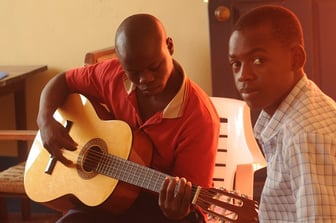
How to Choose A Program
Once you determine what your goals for your child’s experience are, it is important to find professionals to work with who are excited about providing a positive experience for your child and are willing to account for your child’s unique needs and partner with you as a problem solver throughout the process. Community support groups and teachers at your child’s school are a great place to start gathering recommendations, and the web resources below can also help you identify options in your area.
